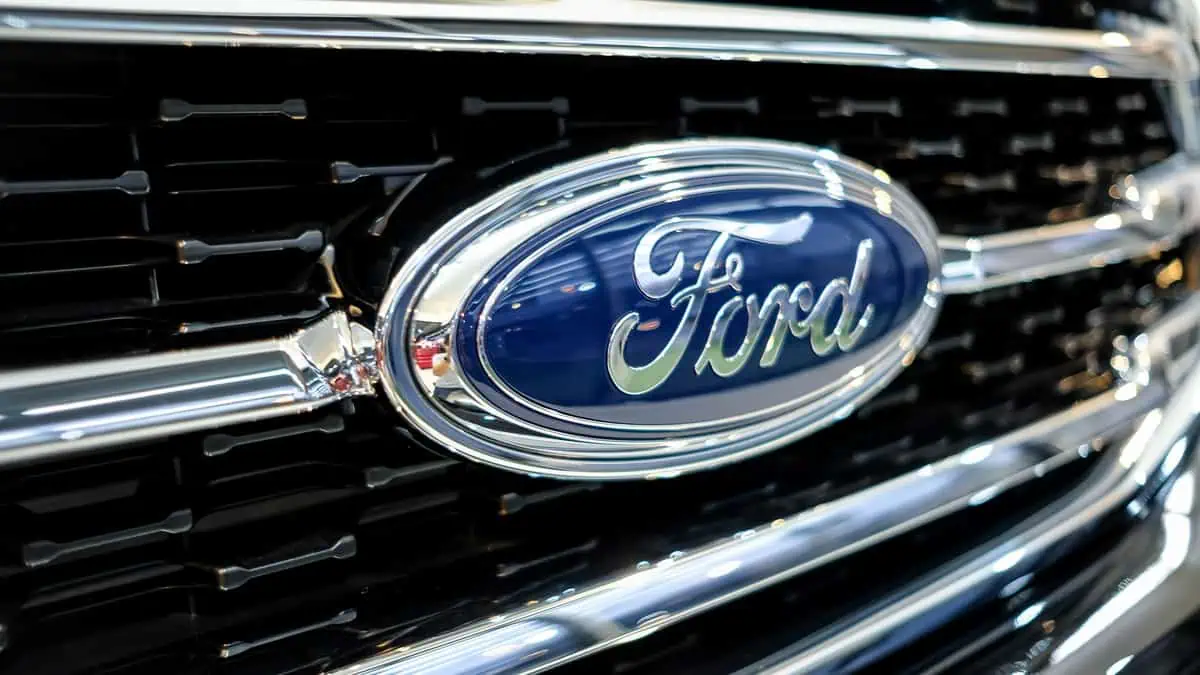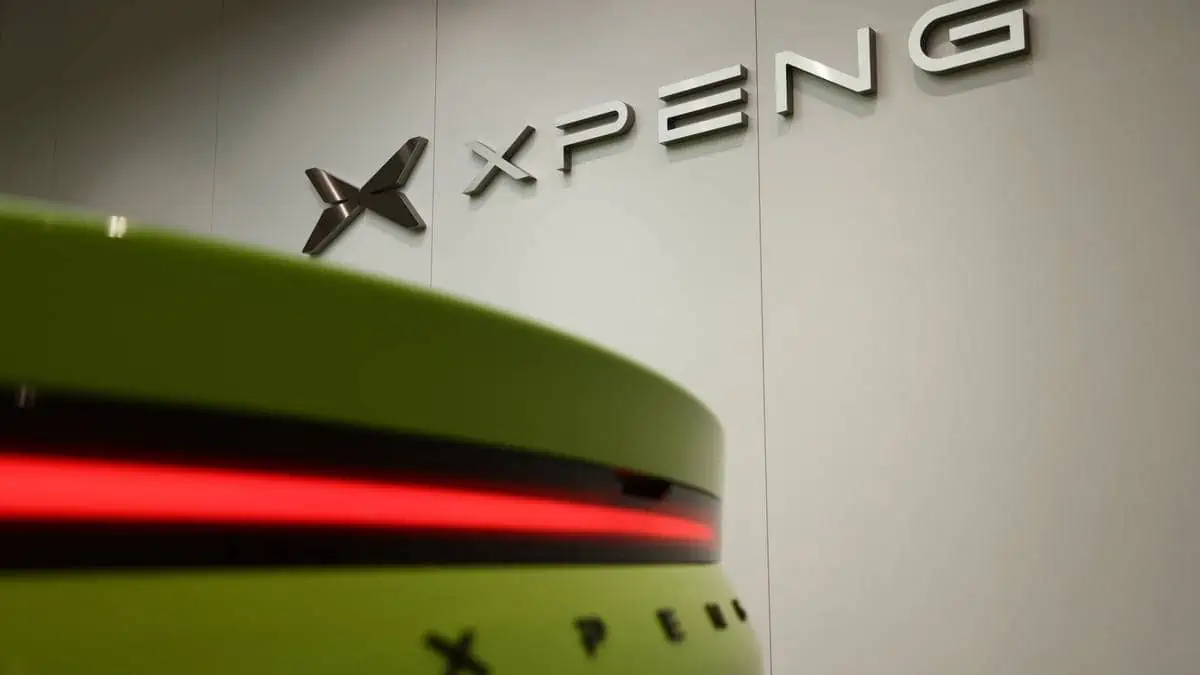The policy issued by the California Air Resources Board to ban the sale of new gasoline-powered cars by 2035 is set to be discussed and voted by the California legislators on Thursday. This decision will accelerate the global transition to electric vehicles considering that many states follow California‘s auto emissions standards, according to the New York Times.
The rule requires that by 2035, all new vehicles sold in the state must be free of greenhouse gas emissions, such as carbon dioxide. It also establishes interim goals, mandating that 35% of newly sold passenger vehicles have zero emissions by 2026. By 2030, that percentage will increase to 68 percent.
This standard will apply to over a third of the US auto market if other states follow through, and the majority are anticipated to adopt California’s policy as usual.
California’s governor, Gavin Newsom, described the new rule as “one of the most significant steps to the elimination of the tailpipe as we know it.” He also said in an interview, “Our kids are going to act like it’s a rotary phone, or changing the channel on a television.”
On the other hand, John Bozella, the Alliance for Automotive Innovation’s president, explained that California’s mandates would be “extremely challenging” to meet. “Whether or not these requirements are realistic or achievable is directly linked to external factors like inflation, charging and fuel infrastructure, supply chains, labor, critical mineral availability and pricing, and the ongoing semiconductor shortage,” Mr. Bozzella said by email.
Critics of policies like this imply that EV’s sticker prices are significantly higher compared to similar gasoline-powered cars. Ann Bluntzer, Ralph Lowe Energy Institute’s executive director at Texas Christian University, stated that the transition to electrics could put a strain on electricity grids. Ms. Bluntzer further questioned, “Where is that increased power being sourced from? Fossil fuels? Wind? Solar? Hydro?”
With the national average for fuel this week falling to $3.90 a gallon, California’s ban occurs as costs for gasoline are further declining. The fact that prices increased sharply during Russia’s invasion of Ukraine, however, underlined the need to “transition away from petro-dictators and dependency on the oil markets,” Mr. Newsom claimed.
Given its potential impact, experts believe the new California rule might stand alongside the new climate bill signed by Mr. Biden last week as one of the most significant climate change policies in the entire world. The legislation is the largest federal government effort to combat climate change, investing $370 billion in spending and tax credits on clean energy programs. By the end of this decade, the law is expected to support the United States reduce its emissions by 40% from 2005.
According to state regulators, the regulation in California will reduce greenhouse gas emissions from passenger vehicles by more than 50% from the levels estimated without the policy in 2040. As per Liane Randolph, chairwoman of the California Air Resources Board, that equates to a reduction of 395 million metric tons of greenhouse gas emissions over that timeframe, or the equivalent of burning 915 million barrels of oil. Considering that other states usually follow California’s lead, this effect could potentially spread to 16 other states.
In order to obtain the waiver, which the Biden administration has indicated it is likely to be granted, California will now submit its final rule to the Environmental Protection Agency. This approval is significant to allow other states to follow California’s standards, especially since many of them are expected to do so over the next years.
On the other hand, New York, Washington, and Massachusetts are already in the process of legislating similar standards, while Canada, Britain, and at least nine other European countries, including France, Spain, and Denmark, have already set similar goals but none have concrete regulations like the California rule.
Leading automakers expressed support for California’s goal of promoting emission-free vehicles. According to General Motors’ spokeswoman, Elizabeth Winter, “General Motors and California have a shared vision of an all-electric future” as the company plans to sell only electric vehicles by 2035. On the other hand, Ford planned to invest over $50 billion in electric vehicles and batteries by 2026, as per Ford’s chief sustainability officer, Bob Holycross.
Stellantis’ spokesman expressed its support for California’s goals as it plans to launch 25 new EV models by 2030, while Honda commented on California’s new standard as “an ambitious but important milestone” and further explained that it would require significant efforts, including developing supply chains for EVs to qualify for the new federal tax credit. On the other hand, Toyota acknowledged California’s new rule by stating, “leadership in climate policies and its authority to set vehicle emissions standards under the Clean Air Act.”
Ms. Randolph stated that California would fine automakers up to $20,000 for each vehicle that doesn’t meet production goals to enforce its law. If the market does not respond as state officials expect, the state may also propose new amendments that would revise the sales targets, according to Jennifer Gress, who oversees the California Air Board’s sustainable transportation division.
Currently, 16% of cars sold in California today are electric, up from 12.4% last year, according to state officials.






